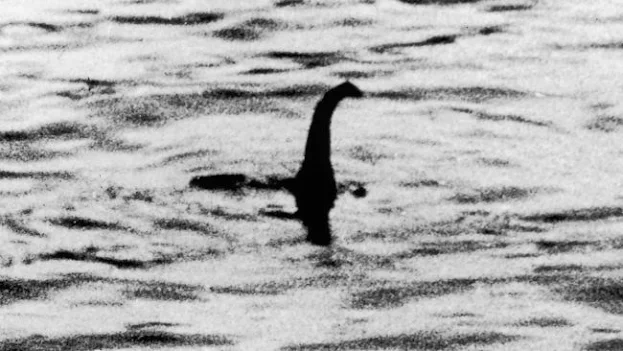Loch Ness Contains No 'Monster' DNA, Say Scientists
The loch monster has haunted a deep Scottish lake for more than 1,000 years — in imagination, at least.
But a scientific survey of the waters of loch found it contains no
traces of "monster" deoxyribonucleic acid in any respect, adding weight
to the already-likely prospect that "Nessie" doesn't extremely exist.
Geneticist Neil Gemmell of Otago University in New island same
associate degree environmental dna survey of loch saw no signs it had
been home to any large reptiles or aquatic dinosaurs – a theory
generally used to justify the mysterious monster, that has reportedly
been seen many times since the Thirties.
Gemmell same the survey discovered dna traces of more than 3,000 species living beside or in loch – as well as fish, deer, pigs, birds, humans and microorganism.
But "we did not find any giant reptiles; we didn't find any reptiles at all," Gemmell told Live Science. "We tested a variety of ideas about giant sturgeons or catfish that might be here from time to time, but we did not find those either."
One thing the researchers did find is that Loch Ness contains a lot of eels. And the researchers say it is possible, although unlikely, that sightings of Nessie may actually be sightings of overgrown eels.
"Out of the 250-odd water samples that we took, pretty much every single sample has got eels in it," he said. "But are they giant eels? I don't know," he said.
Loch Ness Contains "Monster" tales
The loch monster 1st seems in a very legend from the sixth century, once Irish people monk Columba — later a Catholic saint — is claimed to own stopped Nessie because it was assaultive a swimmer, by invoking the name of God and ordering the monster away.
The legend of a monster within the large Scottish lake — one of the most important in Great Britain, containing quite 245 billion cubical feet (7 billion cubic meters) of water — survived till the Thirties, once a Scottish newspaper according on a Nessie watching.
A few years later, a London newspaper printed a known photograph of the alleged beast in Loch Ness. however the photograph was later found to be a hoax that used a toy submarine fitted with a faux "sea serpent" body.
 |
| Neil Gemmell, who led the New Zealand team that carried out the environmental DNA study, on the shores of Loch Ness in the Scottish Highlands. (Image credit: University of Otago) |
Later efforts to trace down the Loch Ness monster did not notice something, as well as a measuring instrument search in 2003, BBC News reported .
But the story of the loch monster has adult with its telling. alittle traveler trade has designed up round the monster at the village of Drumnadrochit on the shores of loch — and sightings of the monster are still rumored these days.
Gemmell same 2 sightings of the supposed monster were according at Urquhart Castle beside loch some days before the survey began.
“We immediately sampled there as soon as we arrived,” he said. "So you would like to think that, if there is something there, that we might have nabbed it.”
The scientific team surveyed loch in June 2018, taking over 250 water samples from the surface and depths of the lake over a two-week amount.
They then amplified small amounts of the genetic material deoxyribonucleic acid within the samples to find completely different plant and animal species, from cells that they had left within the waters of the loch or in water that had get away from the land close.
Gemmell same the samples showed that animals and plants had interacted with the native setting within the previous 24 to 48 hours.
 |
| The team didn't find any DNA from plesiosaurs, catfish or sharks in Loch Ness – but they couldn't rule out that Nessie is an overgrown eel. |
"These big bodies of water are very nice ways to understand a larger dynamic landscape," he said. "[Environmental DNA] is a very powerful and surprisingly elegant way to understand our rich world."
The hunt for the Loch Ness monster, Gemmell explained,gave the team a chance to showcase environmental DNA techniques to the world.
"We have used the monster as the bait on the very big science hook," he said. "As soon we talked about doing it in Loch Ness, we had a platform on which to communicate our science in a way that we never have been able to communicate it before."
He admits that he was skeptical about the existence of the Loch Ness monster even before the survey was carried out, but said the result left a very slim chance that it could still be real.
"Right from the get-go, I said I don't believe in the monster — and that is still my position," Gemmell said. "But wouldn't it be amazing if I was wrong?"






0 Comments
Thank You For Comment.